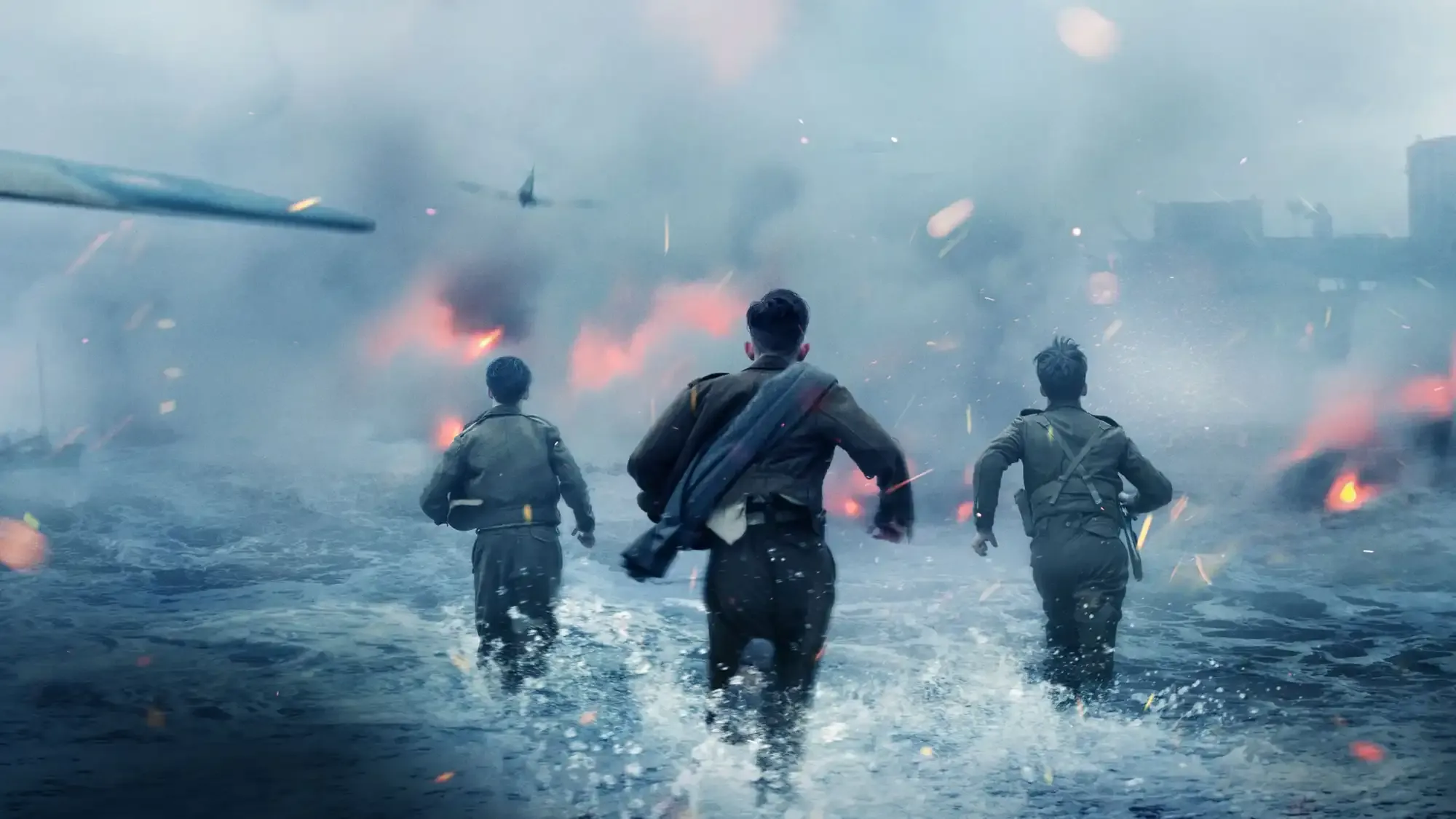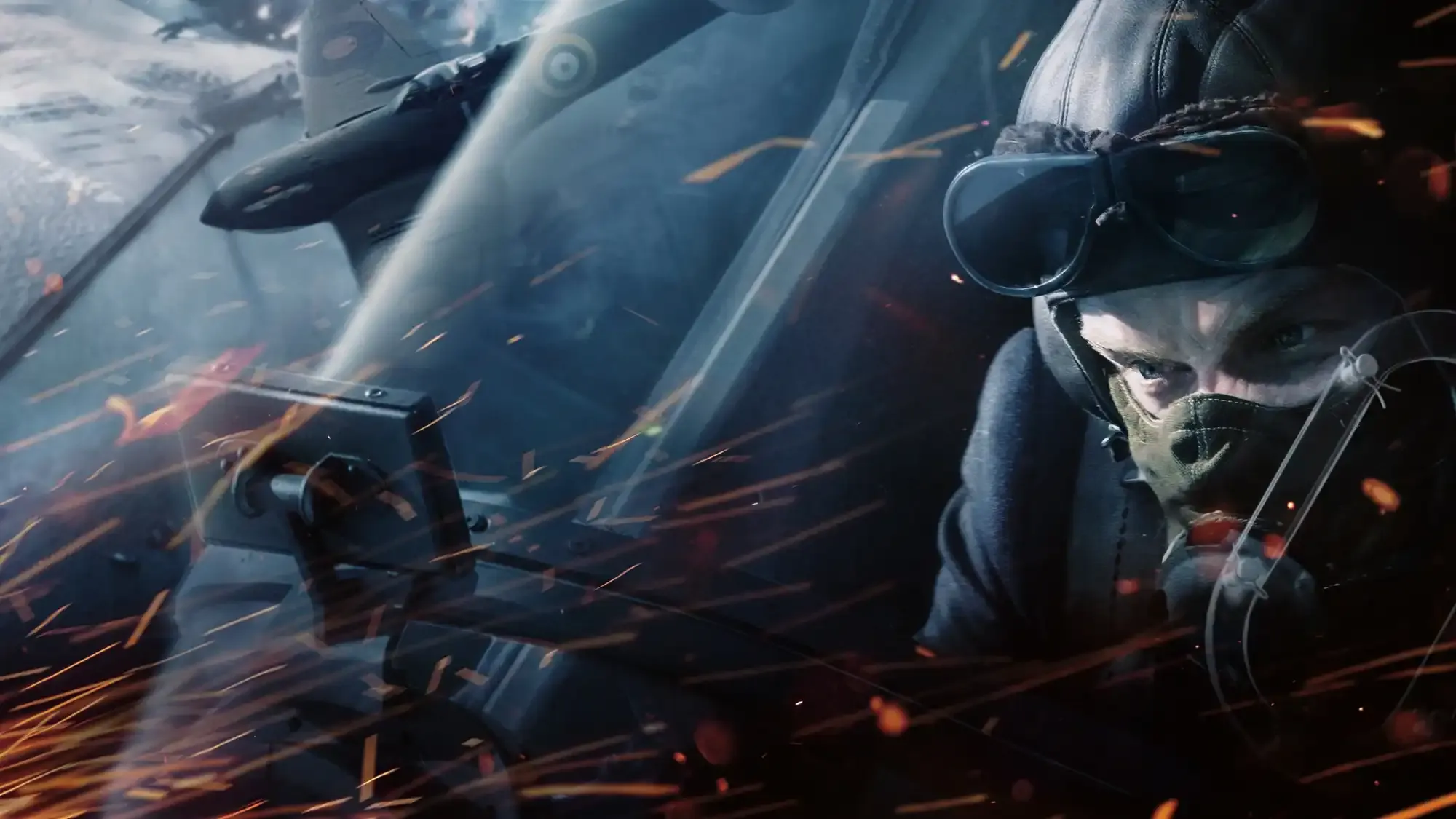"Immersing into the Tides of Survival: A ‘Dunkirk’ Engagement"
Posted Wednesday, Nov 22, 2023 218
Christopher Nolan’s `Dunkirk` unfolds the harrowing tale of the miraculous evacuation of Allied soldiers from the beaches of Dunkirk during World War II. With little dialogue, the narrative splits into three perspectives – land, sea, and air – to chronicle the intense and desperate plight of the trapped soldiers.
Themes of survival, heroism, and the human spirit ripple through `Dunkirk`, while the tone is one of nail-biting urgency. Nolan’s decision to focus on the visceral experience of war rather than its historical particulars elevates the timeless and universal appeal of the film.
The ensemble cast, led by the likes of Kenneth Branagh, Tom Hardy, and Mark Rylance, deliver performances based more on physicality and presence than dialogue. The younger cast, including Fionn Whitehead and Harry Styles, portray the raw vulnerability of soldiers with convincing subtlety.
Nolan’s direction is a masterclass in tension-building; his expert handling of practical effects and non-linear storytelling demands the audience’s attention and respect. He crafts each frame with meticulous detail, encapsulating the choking atmosphere of the besieged beach.

Hans Zimmer’s score is a relentless, ticking metronome that compounds the anxiety and desperation. Its fusion with sound design makes the audience’s heartbeat sync with the ticking clock, underlining the constant race against time.
Cinematography by Hoyte van Hoytema is stunning, capturing the stark beauty and terror of the open sea, the expansive beaches, and the claustrophobic interiors of the vessels. His use of IMAX cameras brings an immersive clarity that is both breathtaking and intense.
The production design’s authenticity is evident. Period-appropriate costumes, props, and minimal reliance on CGI ground the film, throwing the audience directly into the 1940s warzone.
The practical effects are a standout, raising the stakes with their visceral impact. The sparing use of CGI preserves the film’s realism, making every plane dive and shipwreck resonate with palpable danger.

Lee Smith’s editing is sharp and efficient, interweaving the three time frames with precision. The cross-cutting escalates the tension, keeping viewers on edge while communicating the chaotic nature of the dynamics of war.
The pace of `Dunkirk` is relentless yet measured, reflecting the immediacy of the evacuation but never abandoning its clarity. It demands full engagement from the viewers, who feel every second of the dwindling window for escape.
Minimalistic dialogue allows the stark imagery and impassioned performances to carry the narrative weight. It’s a bold choice that pays off, as the lack of exposition puts the audience in the soldiers’ boots, uncertain and overwhelmed.
If there`s anything to critique, it might be the film`s sparse character backstories, which leave some viewers yearning for more emotional connection. However, this is a conscious choice that streamlines the film’s focus on the immediate experience of survival.
Watching `Dunkirk` is akin to a full sensory voyage through the trials of war. Its ability to evoke raw, stinging anxiety, coupled with a glimmer of resilient hope, lingers long after the credits roll. Nolan has orchestrated not just a movie but an experience—a testament to the tenacity of the human spirit in face of overwhelming adversity.